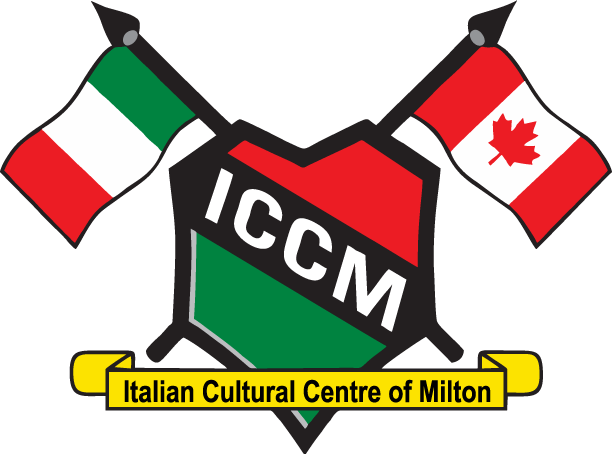Friuli-Venezia Giulia
Located in the northeastern part of Italy. It borders with Austria and Slovenia. In the north are the Alps, and to the south, the Adriatic Sea. Very impressive here is the karst plateau made of barren rock. In the eastern part lies the Dolomites and the Carnic and Julian Alps.
Thanks to its geographical location, Friuli has several traits originating from different cultures, boasting traditions that reflect a characteristic fusion between Italy, Austria and Slovenia. The landscape of Friuli is as diverse as is its culture. Friuli-Venezia Giulia has many fine art cities and cultural centers, medieval castles and Venetian villas, museums of the Great War, and fine seaside resorts.
The economy is largely based on agriculture, the main crops being maize, sugar beet, wheat, soybeans, and on the production of renowned wines. There are also many medium and small-sized industries in the chemical, textile silk, paper and furniture sectors.
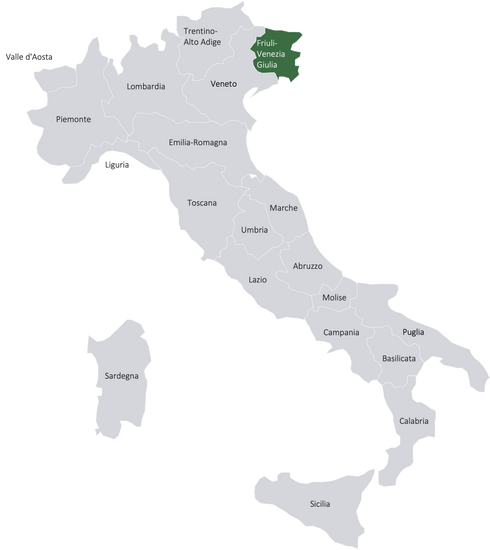
Capital – Trieste
Trieste is a port city which occupies a thin strip of land between the Adriatic coast and Slovenia’s border on the Karst Plateau. Italian, Austro-Hungarian and Slovenian influences are all evident in its history and culture. The Venetian dialect of Trieste is called Trestino. This dialect as well as Italian and Sloven are spoken in this region. Centuries of Austrian rule have left their mark on Trieste. From art, architecture and gastronomy –beer, sauerkraut and strudel.
Foods of Friuli-Venezia Giulia

Pestat
Produced in the valley of Fagana. It is in a casing made with lard, carrots, celery, onion, and spices. It is fried and added to soups and sauerkraut.

Pitina
A salami which looks like a flat meatball. It is made from venison, goat, or sheep and pork fat. it is seasoned with herbs and covered with corn flour, smoked and then preserved.
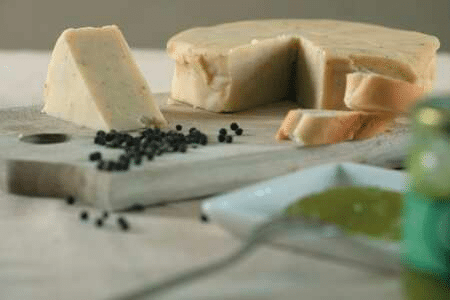
Formadi Frant
A cheese which has a creamy consistency. It has a mild flavour. It is aged from 15 days to 2 months. Used on risotto, polenta, and potatoes.
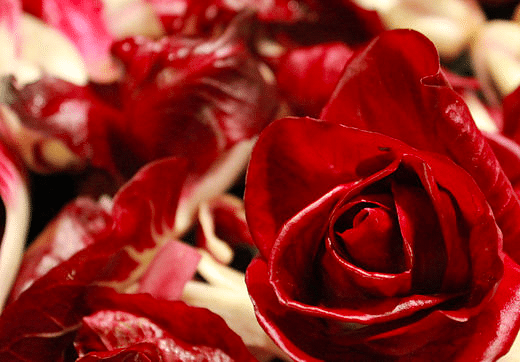
Rosa di Gorizia
A radicchio which is shaped like a flower. This radicchio is grown in the town of Gorizia.
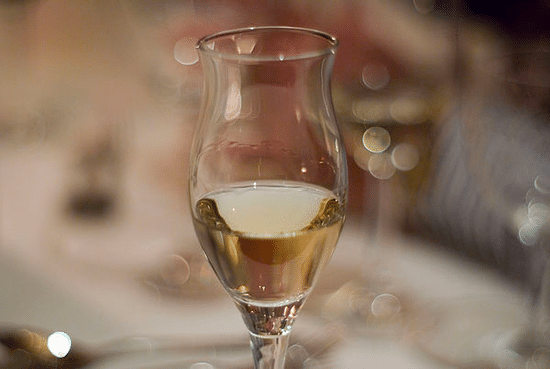
Grappa
Friuli is famous for its production of grappa. Its history dates back to the 6th century. It is clear in colour, potent and dry, similar to a cognac flavour.
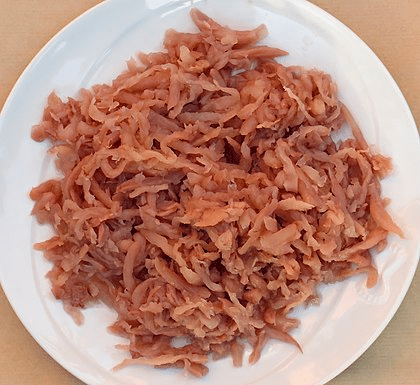
Muset e Brovada
An old traditional recipe served mostly at Christmas. It is quite similar to sauerkraut but it is made with turnips.
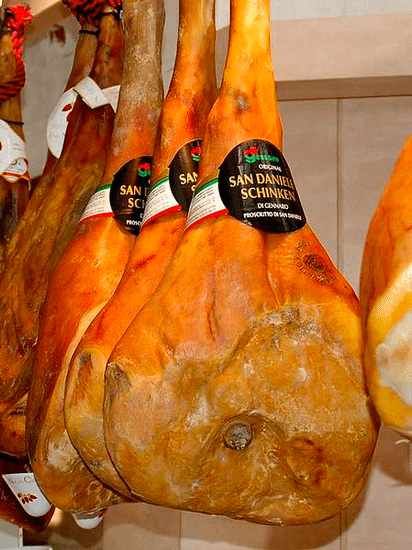
Prosciutto Crudo di San Daniele
This prosciutto has held a PDO status since 1996. It is made with Italian pork and it is one of Italy’s favourites. It is shaped like a guitar and the flavour of the prosciutto intensifies with aging.
UNESCO World Heritage Sites in Friuli-Venezia Giulia
The Dolomites
Several Sites
This site comprises nine areas of the Dolomites, a mountain range in the northern Italian Alps. There are 18 peaks above 3,000 km (9,800 miles), with mountain scenery including sheer rocky cliffs, vertical walls, and long and narrow valleys. From the geological perspective, the rocks contain fossil records of marine life in the Triassic period. Marmolada is pictured.

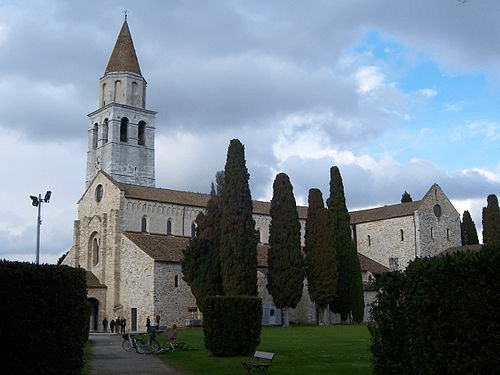
Archaeological Area and the Patriarchal Basilica of AquileiaChurch and Dominican Convent of Santa Maria delle Grazie with “The Last Supper“ by Leonardo da Vinci
Udine
Aquileia was one of the wealthiest cities of the Early Roman Empire. In 452, it was sacked by the Huns under Attila; most of the ancient city now remains preserved and unexcavated. The Patriarchal Basilica, with its mosaic floors, dates to the 4th century. It was rebuilt between the 11th and 14th centuries. It played a major role in the spreading of Christianity in the early Middle Ages. Minor boundary modifications took place in 2017 and 2018.
Longobards in Italy
Places of the Power (568-774 A.D.)
This site comprises seven groups of monasteries, churches, and fortresses associated with the Longobards who ruled in Italy from the 6th to the 8th century. The arts and architecture reflect the synthesis of Roman, Christian, and Germanic influences. The monuments listed are located in Brescia, Cividale del Friuli (cathedral pictured), Castelseprio, Spoleto, Campello Sul Clitunno, Benevento, and Monte Sant’Angelo. Its architecture marks a synthesis of various styles and the transition to the Middle Ages.

